An introduction to reloading - Part 7
Shooters who opt for premium factory ammunition can be sure that the cartridges they buy will perform as intended. The reloader is on its own. He or she is the one who’s responsible not only for the quality of the catridges (shape uniformity, weighing accuracy, axiality, etc.), but also for the appropriate selection of components and load. We often realize how challenging this task is only when we sit down in the workshop and start designing our first cartridge.
In previous articles, I described all the steps in detail, but I strongly believe that we are only now getting to the really important issues. Because when it comes to which tools to choose and how to use them, basic knowledge is enough to start with. However, when it comes to how to achieve the intended effect you have to be really aware of what you are doing. An additional complication is that, unlike the factory loaded products, which inherently only offers standard variations, the reloader can consider more different bullet/powder/velocity combinations. Difficulties in making decisions or the desire to try everything possible can make it hard to achieve satisfactory results. That's why it's worth to keep the ideas as simple as possible, especially at the beginning.
When it comes to knowledge, it will also turn out at this stage that at least some reloading adepts will have to study ballistics a bit. Not only external, because every hunter has at least basic knowledge about the trajectory of the bullet and what happens when it hits the target. We must understand however, what is happening with our cartridge from the very beginning, when firing pin strikes the primer. There are so many great sources of information that are readily available today that each of us should turn to. Knowledge is the most important condition for obtaining great results.
What is the goal?
Range
The presumed range will determine not only the choice of caliber, which is obvious, but also the type of projectile, its mass and initial velocity. In some cases we will want to reduce the velocity (and resulting recoil) – there is no need to push the bullet to the max, when the application is going to be a driven hunt in a dense forest or shooting practice.
Game size
For a projectile to be effective, it must reach the vitals and have the appropriate velocity to function as intended. No less important than the impact velocity is the size of the game, the thickness and resistance of its tissues. I think we all know cases where someone underestimated the size and vitality of animals, which had very unpleasant consequences. Incorrect selection of the bullet can also work the other way - the big game hunting ammo with tough bullets often turns out to be surprisingly ineffective against roe deer and other small animals.
Terminal ballistics
The design of the projectile has a direct impact on terminal ballistics. We should consider its effectiveness, stopping power, ability to penetrate, tendency to destroy tissue, ability to maintain a trajectory in the animal's body and other aspects that may be relevant to us.
Information on how it behaves at different speeds is also very important - Norma provides detailed data on what to expect by showing pictures with gelatin or ballistic soap, as well as data on energy transfer and penetration.
Is what I want to do possible and does it make sense?
Sometimes we try to achieve things that are quite inventive and very different from typical constructions. This may be a change in the parameters of the cartridge typical of the caliber - for example, reducing the velocity of the bullet. It is very easy to modify a 300 Win Mag. cartridge to ballistically resemble a 30-06 or even a 308 Win.
However, while the use of lighter bullets than those offered for the caliber is relatively easy, reaching for heavier ones can cause problems. Sometimes there is a lack of velocity (or the twist rate in the barrel will be inappropriate) to stabilize the long projectiles. In such situations, it is worth reaching for online calculators to calculate whether what we want to do is doable.
The bullet
We should read carefully what the manufacturer says about the projectile. What is its construction - whether it is a classic soft point, or maybe a bonded construction, with a partition, or maybe a modern monolith. What velocities was it designed for? Does it have a special application or is it an All-Round? What is the ballistic coefficient?
When such information is lacking, experience (sometimes of others) and common sense must be used. We know what a polymer tip, boat tail, hollow point is for, and the advantages (and disadvantages) of using bullets with a flat or round nose. What will be the different result from a partition or lead-free construction? Use this knowledge to predict the results and if possible do some own testing with ballistic media (soap, gelatin or the old school wet newspapers)
The powder
What should a reloader know about powder? First of all that it burns, not explodes. We wouldn't want an explosion inside the gun. Fortunately, the powder burns only on the surface, not all at once, so the process is stretched in time (and barrel length). The gases that form, build up pressure and push the projectile out, giving it a very high acceleration. The burning process depends very much on the shape of the grains. The smaller the surface area in relation to the total volume, the lower the dynamics. The greater the contact of the powder to the air (fine powder or in the form of flakes), the greater it is. In addition to combustion regulators, the addition of nitroglycerin and other ingredients constituting the secret recipes of manufacturers, it is the shape of the grains that is crucial for the characteristics of the gunpowder.
Burning rate
Probably the most important thing we should know about a particular powder is it’s burning rate. The dynamics of pressure changes inside the barrel affect the speed of the bullet, but also the safety of the shooter. The larger the diameter of the barrel in relation to the weight of the bullet and the volume of the case, the "faster" powder is used. And vice versa - in the case of magnum calibers, where the cases are large so that they can accommodate large amounts of powder, and the bullets have a small diameter in relation to them, the powder must burn slower, because a rapid increase in pressure could lead to an accident.
Avoiding mistakes
What happens if you mix up the powder? In extreme cases, the pressure will either be too low, the case neck will not seal the chamber, some of the gases will retreat and the bullet will have a very low velocity or - as you can easily guess - too high which could lead to the gun damage. I’m sure you have heard of the accidents, when a shooter has been harmed at the range – many of these occurred due to reloading mistakes and nonchalance.
Therefore, you should ALWAYS:
- Use the powder as intended by the manufacturer.
- Put any remaining powder back into the factory container after use to avoid future mix-ups
- Dispose of any powder where the type is uncertain. Do not guess or try your luck. It is not worth it.
Creativity and common sense
Reloading has to be safe above all. Reference must be made to the manual and other information from the manufacturer. This does not mean, however, that we are very limited and do not have room for experiments. On the contrary - there is a huge field to be creative. For each caliber/bullet combination, we can use a few different powders, bullets are often available in many weights, which allows for a wide range of velocities and other parameters. We can play with the OAL. So let's be creative and have fun. Let's look for our own, unique recipes, keeping the common sense and following the rules.
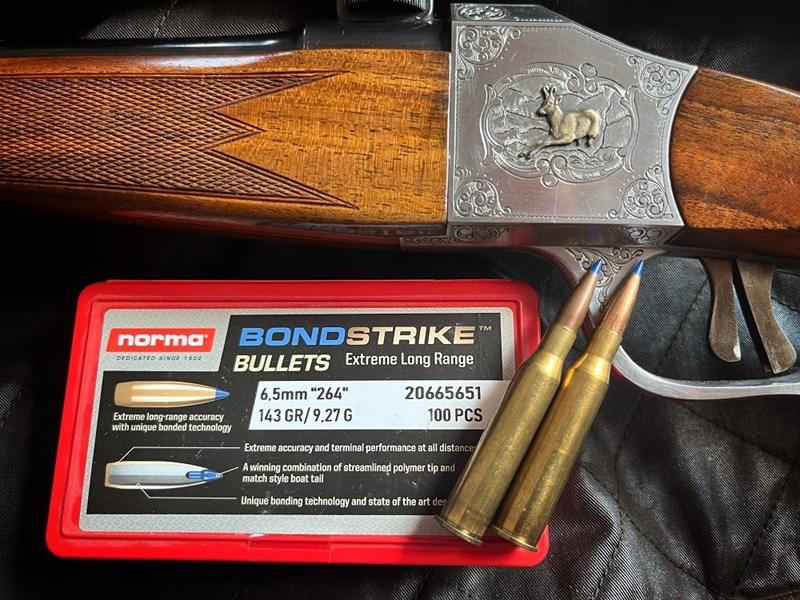
Another example of excellent old/modern combos: 6.5x57R and the Bondstrike. That is an excellent mid to long range caliber, it was important to receive high velocity and grouping.

Sometimes with obsolete calibers you won't find data in a particular manuals. A great way of finding support is to reach out for a computer program. Remember to approach the final load gradually and with even more caution!
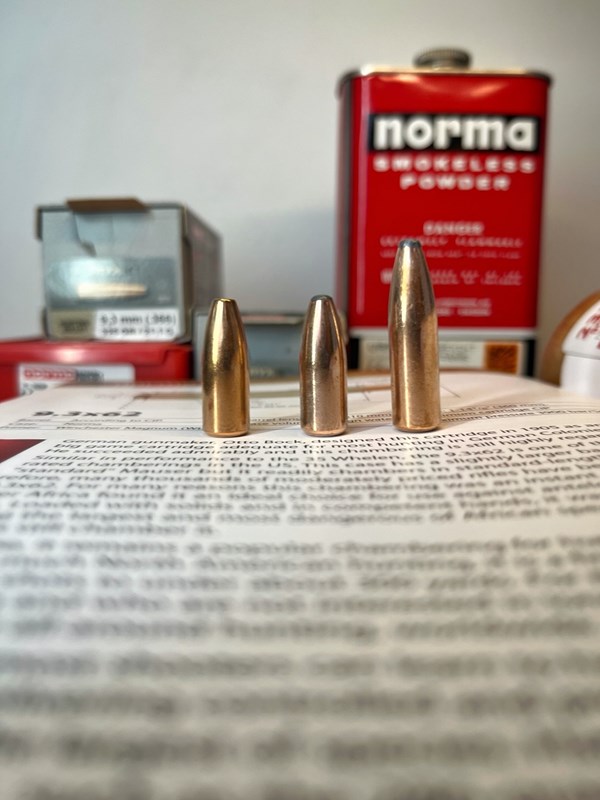
What is my goal? I find the 9,3mm 232gr Vulkan is my favorite wild boar stopper by far. If I want more penetration (for red deer i.e.) I will reach for the 323gr Oryx. And when the prey is particularly large (Africa) - there's one more excellent option, the heavyweight 325gr Oryx.
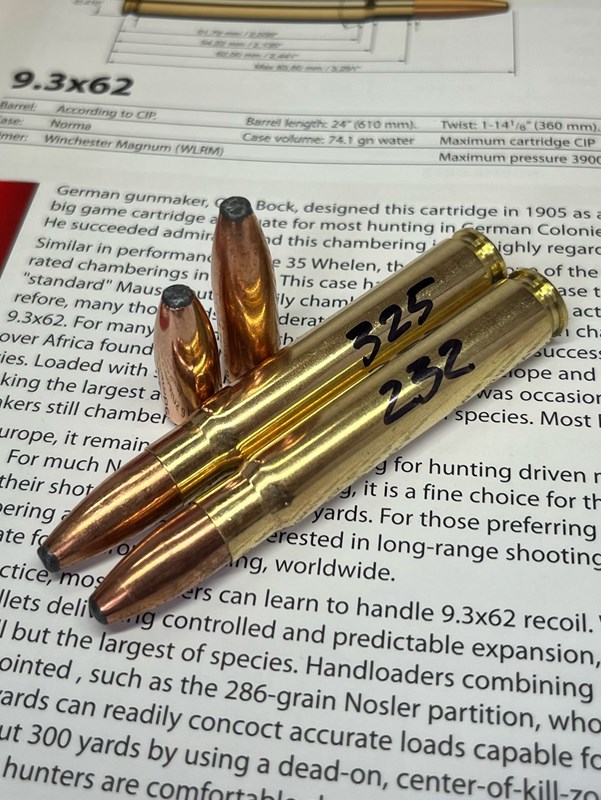
Both 9,3mm Oryx bullets look similar when loaded. It's always worth to mark important data on the brass.
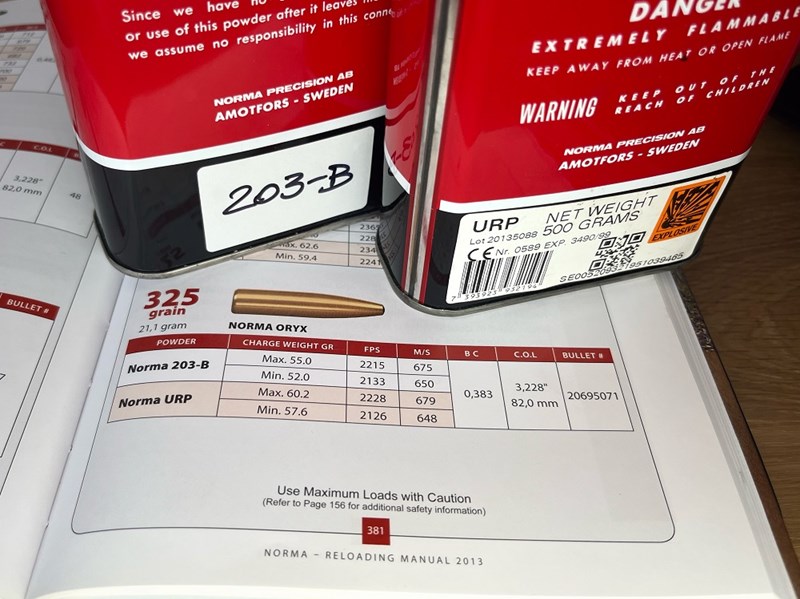
For each caliber there are options to choose from. Don't try to check out all of them at once. Take one powder and one bullet. If it works - great, if not, make some adjustments.
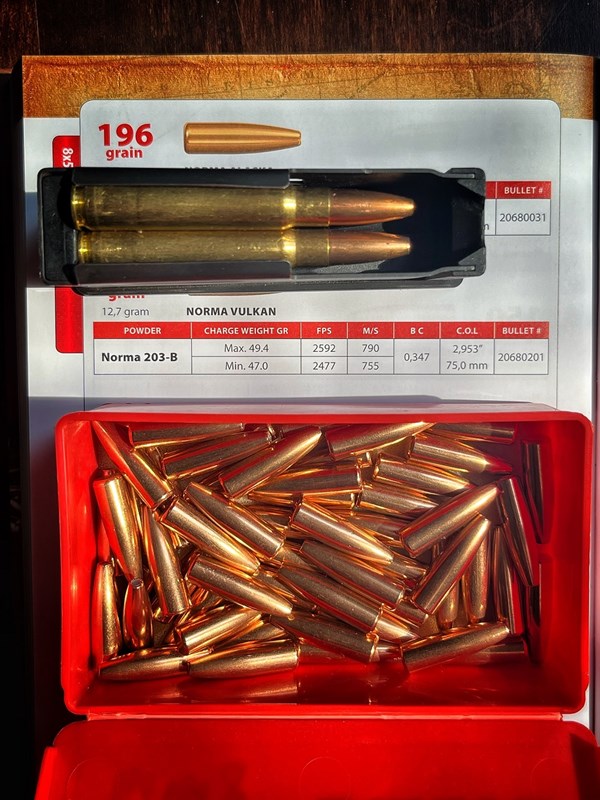
Cartridge Overall Length - there are some factors to consider: data in the manual, magazine size and last but not least the chamber dimensions.